4.6: Unbalanced Faults
- Page ID
- 55580
A very common application of symmetrical components is in calculating currents arising from unblanced short circuits. For three-phase systems, the possible unbalanced faults are:
- Single line-ground,
- Double line-ground,
- Line-line.
These are considered separately.
Single Line-To-Ground Fault
The situation is as shown in Figure 10
The system in this case consists of networks connected to the line on which the fault occurs. The point of fault itself consists of a set of terminals (which we might call “a,b,c”). The fault sets,
 Figure 9: Zero Sequence Network: Wye-Delta Connection, Ungrounded or Delta-Delta
Figure 9: Zero Sequence Network: Wye-Delta Connection, Ungrounded or Delta-Delta Figure 10: Schematic Picture Of A Single Line-To-Ground Fault
Figure 10: Schematic Picture Of A Single Line-To-Ground Faultat this point on the system:
\(\ \begin{aligned}
\underline{V}_{a} &=0 \\
\underline{I}_{b} &=0 \\
\underline{I}_{c} &=0
\end{aligned}\)
Now: using the inverse of the symmetrical component transformation, we see that:
\[\ \underline{V}_{1}+\underline{V}_{2}+\underline{V}_{0}=0\label{58} \]
And using the transformation itself:
\[\ \underline{I}_{1}=\underline{I}_{2}=\underline{I}_{0}=\frac{1}{3} \underline{I}_{a}\label{59} \]
Together, these two expressions describe the sequence network connection shown in Figure 11. This connection has all three sequence networks connected in series.
Double Line-To-Ground Fault
If the fault involves phases b, c, and ground, the “terminal” relationship at the point of the fault is:
\(\ \begin{array}{l}
\underline{V}_{b}=0 \\
\underline{V}_{c}=0 \\
\underline{I}_{a}=0
\end{array}\)
Then, using the sequence transformation:
\(\ \underline{V}_{1}=\underline{V}_{2}=\underline{V}_{0}=\frac{1}{3} \underline{V}_{a}\)
Combining the inverse transformation:
\(\ \underline{I}_{a}=\underline{I}_{1}+\underline{I}_{2}+\underline{I}_{0}=0\)
These describe a situation in which all three sequence networks are connected in parallel, as shown in Figure 12.
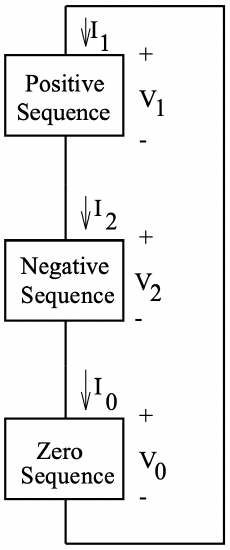 Figure 11: Sequence Connection For A Single-Line-To-Ground Fault
Figure 11: Sequence Connection For A Single-Line-To-Ground Fault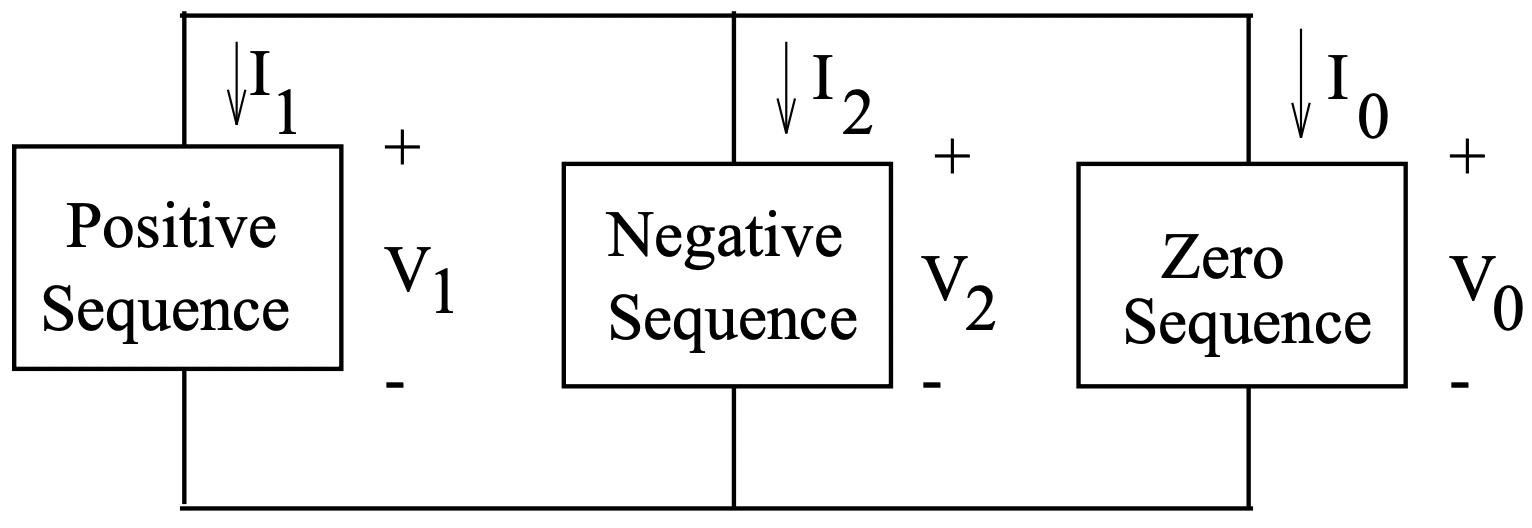 Figure 12: Sequence Connection For A Double-Line-To-Ground Fault
Figure 12: Sequence Connection For A Double-Line-To-Ground FaultLine-Line Fault
If phases b and c are shorted together but not grounded,
\(\ \begin{aligned}
\underline{V}_{b} &=\underline{V}_{c} \\
\underline{I}_{b} &=-\underline{I}_{c} \\
\underline{I}_{a} &=0
\end{aligned}\)
Expressing these in terms of the symmetrical components:
\(\ \begin{aligned}
\underline{V}_{1} &=\underline{V}_{2} \\
&=\frac{1}{3}\left(\underline{a}+\underline{a}^{2}\right) \underline{V}_{b} \\
\underline{I}_{0} &=\underline{I}_{a}+\underline{I}_{b}+\underline{I}_{c} \\
&=0 \\
\underline{I}_{a} &=\underline{I}_{1}+\underline{I}_{2}\\
&=0
\end{aligned}\)
These expressions describe a parallel connection of the positive and negative sequence networks, as shown in Figure 13.
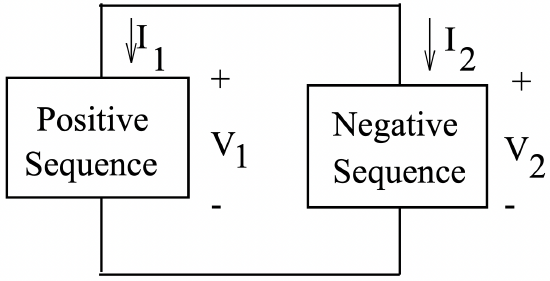 Figure 13: Sequence Connection For A Line-To-Line Fault
Figure 13: Sequence Connection For A Line-To-Line FaultExample Of Fault Calculations
In this example, the objective is to determine maximum current through the breaker B due to a fault at the location shown in Figure 14. All three types of unbalanced fault, as well as the balanced fault are to be considered. This is the sort of calculation that has to be done whenever a line is installed or modified, so that protective relaying can be set properly.
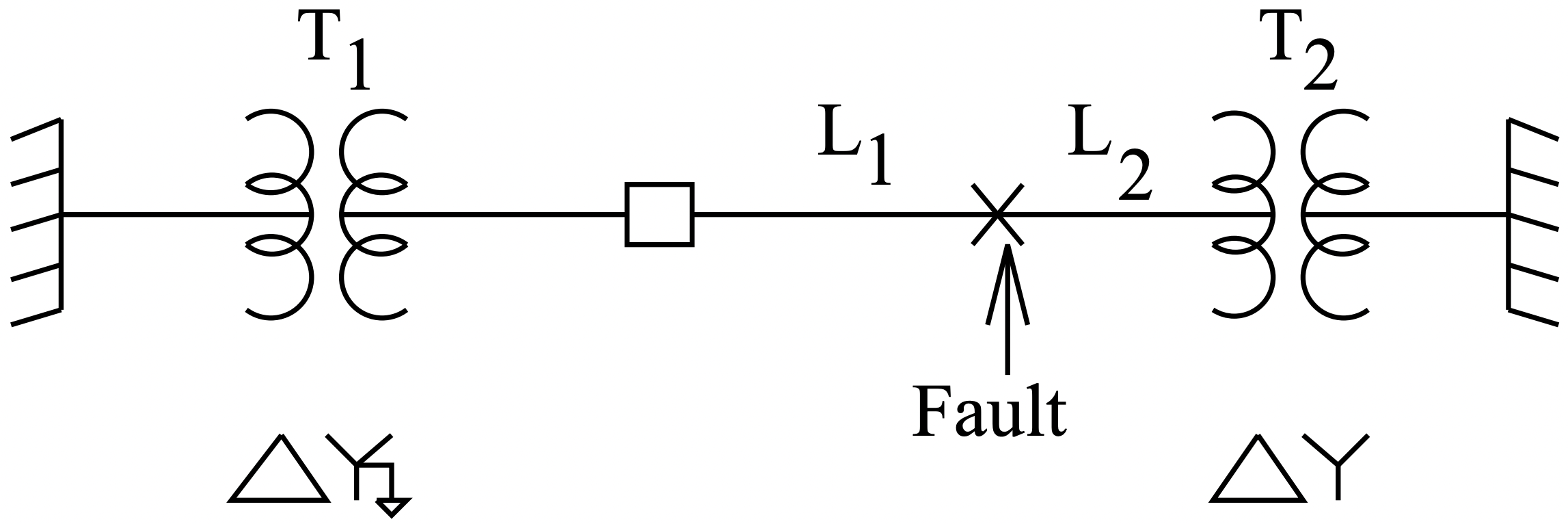 Figure 14: One-Line Diagram For Example Fault
Figure 14: One-Line Diagram For Example FaultParameters of the system are:
| System Base Voltage | 138 kV |
| System Base Power | 100 MVA |
| Transformer \(\ T_{1}\) Leakage Reactance | .1 per-unit |
| Transformer \(\ T_{2}\) Leakage Reactance | .1 per-unit |
| Line \(\ L_{1}\) Positive And Negative Sequence Reactance | j.05 per-unit |
| Line \(\ L_{1}\) Zero Sequence Impedance | j.1 per-unit |
| Line \(\ L_{2}\) Positive And Negative Sequence Reactance | j.02 per-unit |
| Line \(\ L_{2}\) Zero Sequence Impedance | j.1 per-unit |
The fence-like symbols at either end of the figure represent “infinite buses”, or positive sequence voltage sources.
The first step in this is to find the sequence networks. These are shown in Figure 15. Note that they are exactly like what we would expect to have drawn for equivalent single phase networks. Only the positive sequence network has sources, because the infinite bus supplies only positive sequence voltage. The zero sequence network is open at the right hand side because of the deltawye transformer connection there.
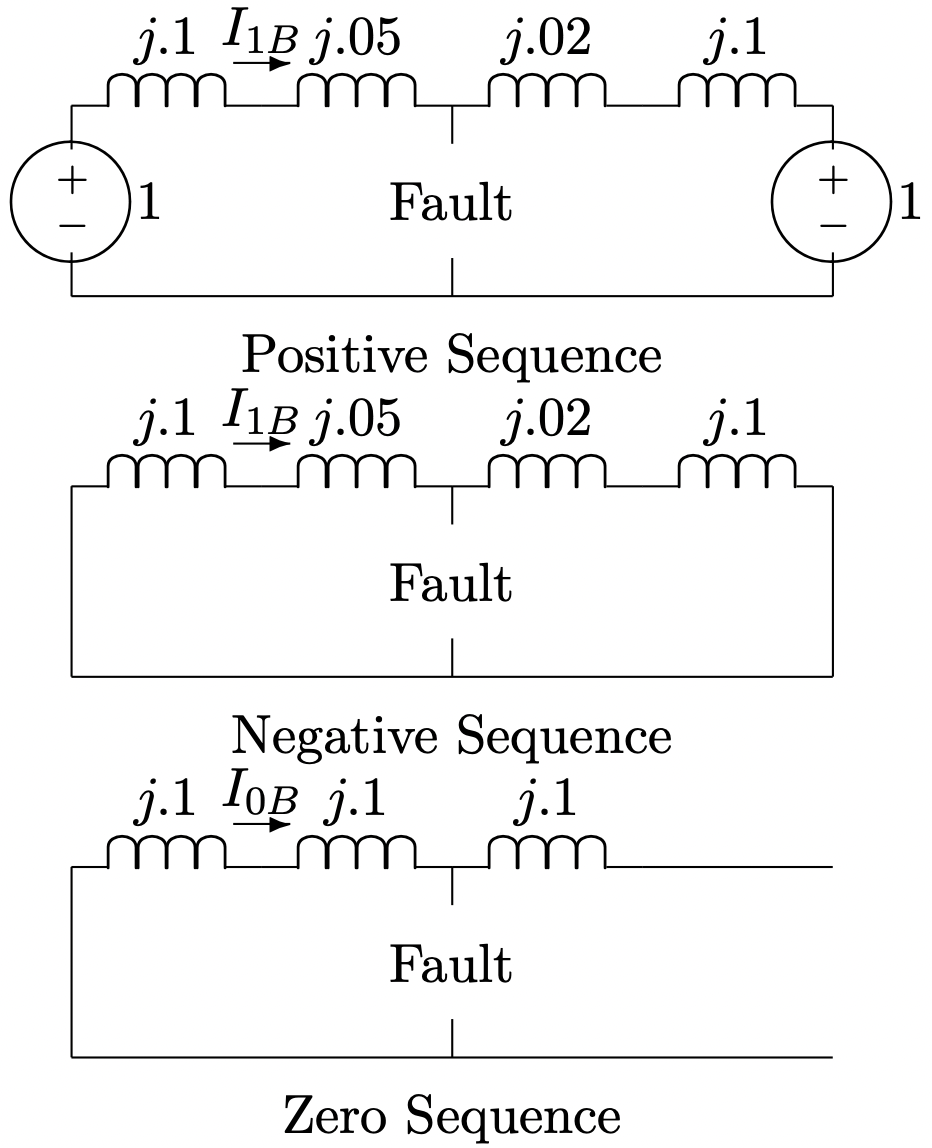 Figure 15: Sequence Networks
Figure 15: Sequence NetworksSymmetrical Fault
For a symmetrical (three-phase) fault, only the positive sequence network is involved. The fault shorts the network at its position, so that the current is:
\(\ \underline{i}_{1}=\frac{1}{j .15}=-j 6.67 \text { per }-\text { unit }\)
Single Line-Ground Fault
For this situation, the three networks are in series and the situation is as shown in Figure 16
The current \(\ \underline{i}\) shown in Figure 16 is a total current, and is given by:
\(\ \underline{i}=\frac{1}{2 \times(j .15 \| j .12)+j .2}=-j 3.0\)
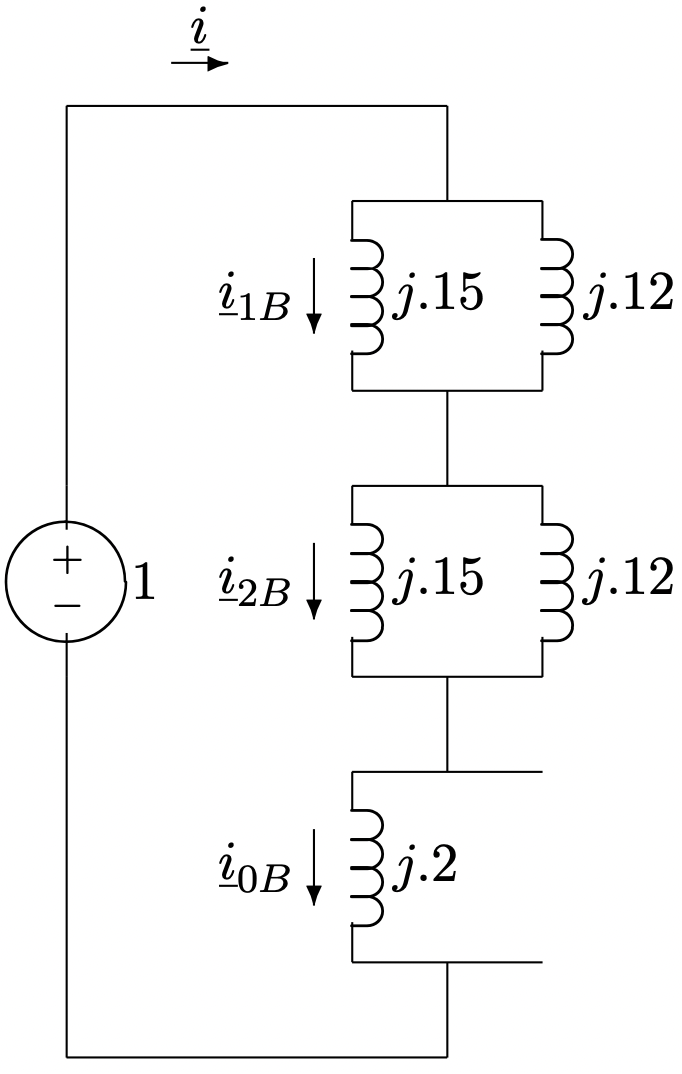 Figure 16: Completed Network For Single Line-Ground Fault
Figure 16: Completed Network For Single Line-Ground FaultThen the sequence currents at the breaker are:
\(\ \begin{aligned}
\underline{i}_{1 B} &=\underline{i}_{2 B} \\
&=\underline{i} \times \frac{j .12}{j .12+j .15} \\
&=-j 1.33 \\
\underline{i}_{0 B} &=\underline{i} \\
&=-j 3.0
\end{aligned}\)
The phase currents are re-constructed using:
\(\ \begin{aligned}
\underline{i}_{a} &=\underline{i}_{1 B}+\underline{i}_{2 B}+\underline{i}_{0 B} \\
\underline{i}_{b} &=\underline{a}^{2} \underline{i}_{1 B}+\underline{ai}_{2 B}+\underline{i}_{0 B} \\
\underline{i}_{c} &=\underline{ai}_{1 B}+\underline{a}^{2} \underline{i}_{2 B}+\underline{i}_{0 B}
\end{aligned}\)
These are:
\(\ \begin{aligned}
i_{a} &=-j 5.66 & & \text { per-unit } \\
\underline{i}_{b} &=-j 1.67 & & \text { per-unit } \\
\underline{i}_{c} &=-j 1.67 & & \text { per-unit }
\end{aligned}\)
Double Line-Ground Fault
For the double line-ground fault, the networks are in parallel, as shown in Figure 17.
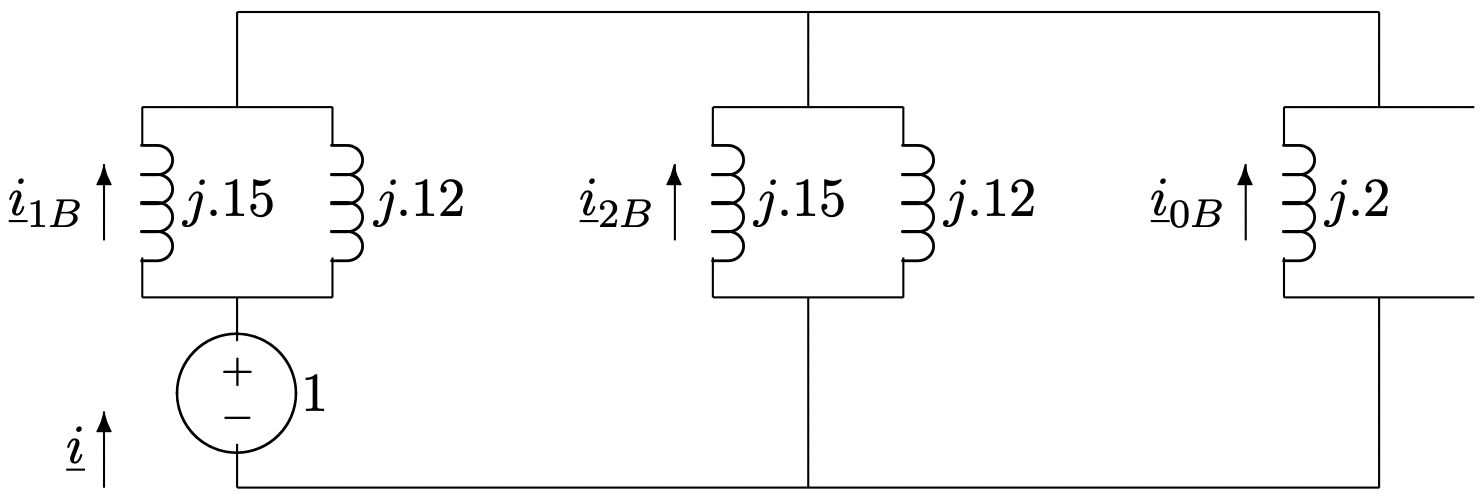 Figure 17: Completed Network For Double Line-Ground Fault
Figure 17: Completed Network For Double Line-Ground FaultTo start, find the source current \(\ \underline{i}\):
\(\ \begin{aligned}
\underline{i} &=\frac{1}{j(.15|| \cdot 12)+j(.15|| .12|| .2)} \\
&=-j 8.57
\end{aligned}\)
Then the sequence currents at the breaker are:
\(\ \begin{aligned}
\underline{i}_{1 B} &=\underline{i} \times \frac{j .12}{j .12+j .15} \\
&=-j 3.81 \\
\underline{i}_{2 B} &=-\underline{i} \times \frac{j .12 \| j .2}{j .12 \| j .2+j .15} \\
&=j 2.86 \\
\underline{i}_{0 B} &=\underline{i} \times \frac{j .12 \| j .15}{j .2+j .12 \| j .15} \\
&=j 2.14
\end{aligned}\)
Reconstructed phase currents are:
\(\ \begin{aligned}
\underline{i}_{a} &=j 1.19 \\
\underline{i}_{b} &=\underline{i}_{0 B}-\frac{1}{2}\left(\underline{i}_{1 B}+\underline{i}_{2 B}\right)-\frac{\sqrt{3}}{2} j\left(\underline{i}_{1 B}-\underline{i}_{2 B}\right) \\
&=j 2.67-5.87 \\
\underline{i}_{c} &=\underline{i}_{0 B}-\frac{1}{2}\left(\underline{i}_{1 B}+\underline{i}_{2 B}\right)+\frac{\sqrt{3}}{2} j\left(\underline{i}_{1 B}-\underline{i}_{2 B}\right) \\
&=j 2.67+5.87 \\
|\underline{i}_{a} \mid &=1.19 \quad \text { per-unit } \\
\left|\underline{i}_{b}\right| &=6.43 \quad \text { per-unit } \\
\left|i_{c}\right| &=6.43 \quad \text { per-unit }
\end{aligned}\)
Line-Line Fault
The situation is even easier here, as shown in Figure 18
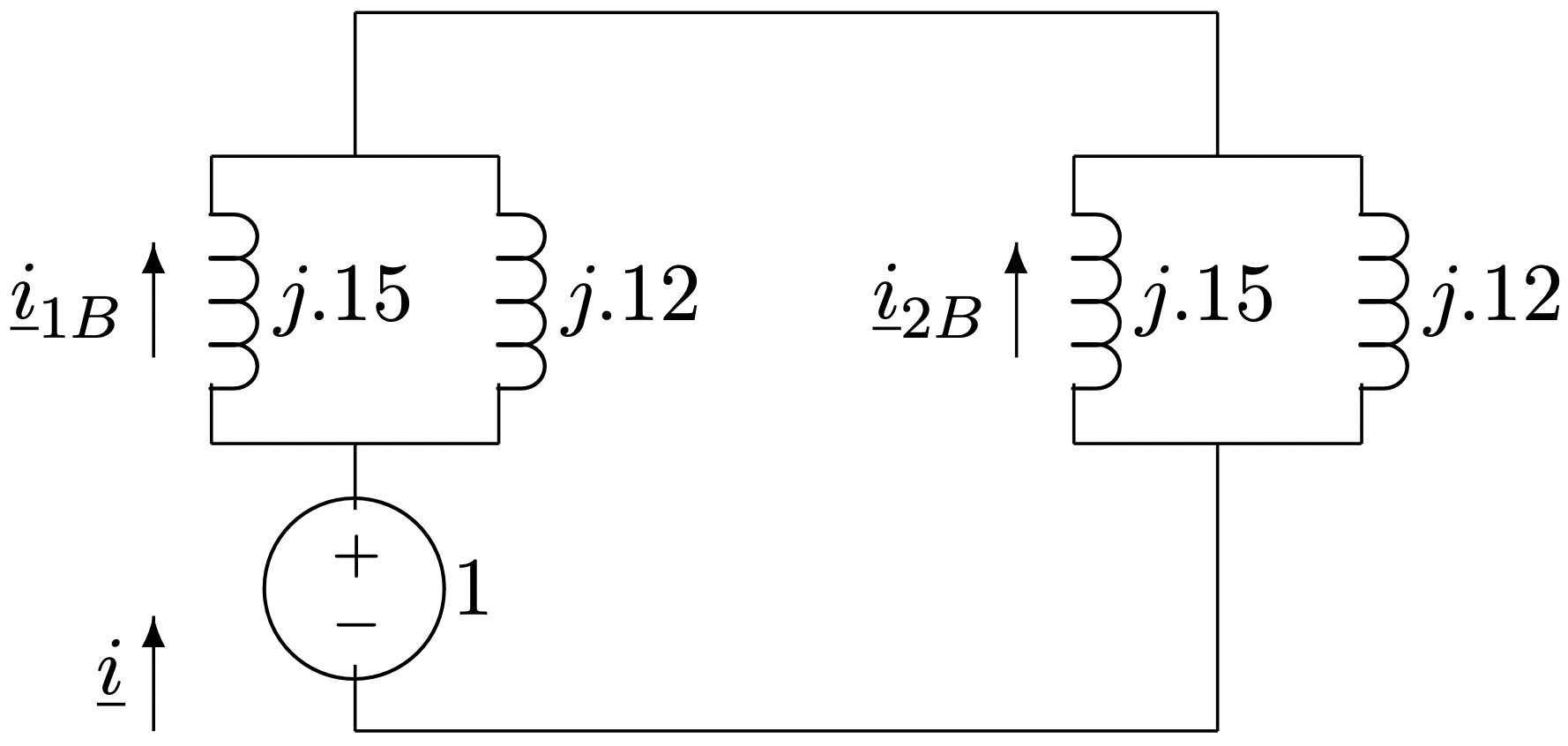 Figure 18: Completed Network For Line-Line Fault
Figure 18: Completed Network For Line-Line FaultThe source current \(\ \underline{i}\) is:
\(\ \begin{aligned}
\underline{i} &=\frac{1}{2 \times j(.15 \| .12)} \\
&=-j 7.50
\end{aligned}\)
and then:
\(\ \begin{aligned}
\underline{i}_{1 B} &=-\underline{i}_{2 B} \\
&=i \frac{j .12}{j .12+j .15} \\
&=-j 3.33
\end{aligned}\)
Phase currents are:
\(\ \begin{aligned}
\underline{i}_{a} &=0 \\
\underline{i}_{b} &=-\frac{1}{2}\left(\underline{i}_{1 B}+\underline{i}_{2 B}\right)-j \frac{\sqrt{3}}{2}\left(\underline{i}_{1 B}-\underline{i}_{2 B}\right) \\
\left|\underline{i}_{b}\right| &=5.77 \quad \text { per-unit } \\
\left|i_{c}\right| &=5.77 \quad \text { per-unit }
\end{aligned}\)
Conversion To Amperes
Base current is:
\(\ I_{B}=\frac{P_{B}}{\sqrt{3} V_{B l-l}}=418.4 A\)
Then current amplitudes are, in Amperes, RMS:
| Phase A | Phase B | Phase C | |
| Three-Phase Fault | 2791 | 2791 | 2791 |
| Single Line-Ground, \(\ \phi_{a}\) | 2368 | 699 | 699 |
| Double Line-Ground, \(\ \phi_{b}, \phi_{c}\) | 498 | 2690 | 2690 |
| Line-Line, \(\ \phi_{b}, \phi_{c}\) | 0 | 2414 | 2414 |


